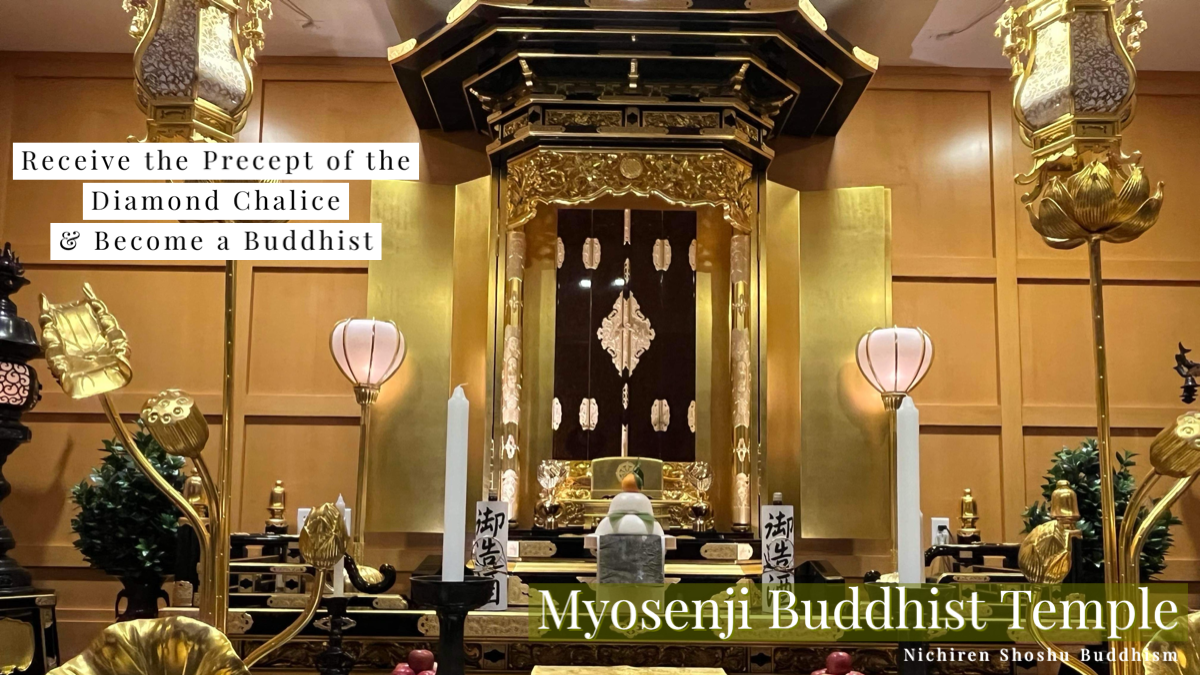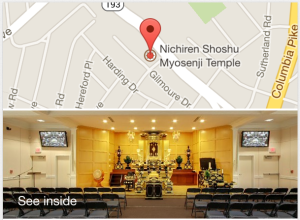The more profound a matter is in the mind of a person, the more
likely that it will take on a manifest form. The mind and the physical body are deeply connected and interact with each other. When a person is under strain, for example, he naturally uses a great deal of energy and his shoulders become tense. His state of mind is acutely reflected in his physical body.
It is often said that where there is a mind, there is a form. Conversely, where there is a form, there is a mind. These are both true. Matters that are held in one’s mind are manifested in a tangible form. Things that are embraced by a person’s heart are reflected in his conduct.
The thoughts contained in one’s heart will appear as a tangible form (shiki/body). This represents the principle of the oneness of body and mind, which expounds that, although the mind and the body (physical form) are separate, they function as one. When one sees the body, he can read the mind. He can influence the mind through the form. Thus, those who do not take the form seriously are also making light of the deeper mind.
The thoughts in one’s mind can only be manifested through speech, writing or conduct. Without these, he cannot communicate. In Buddhism, there is an additional factor. The essence of Buddhism lies in the way in which the mind and body naturally unite to function as one.*
Visit Myosenji Buddhist Temple
Visit Myosenji Temple to learn how to become a Buddhist. Buddhist practice allows you to change your Karma, change your life for the better, and in turn, help others and the environment we live in. See upcoming dates for our Introductory series on Buddhism.
*Excerpted: Nichiren Shoshu Monthly Magazine, Faith and Formalities in the Fuji School, Prologue, 1995.


